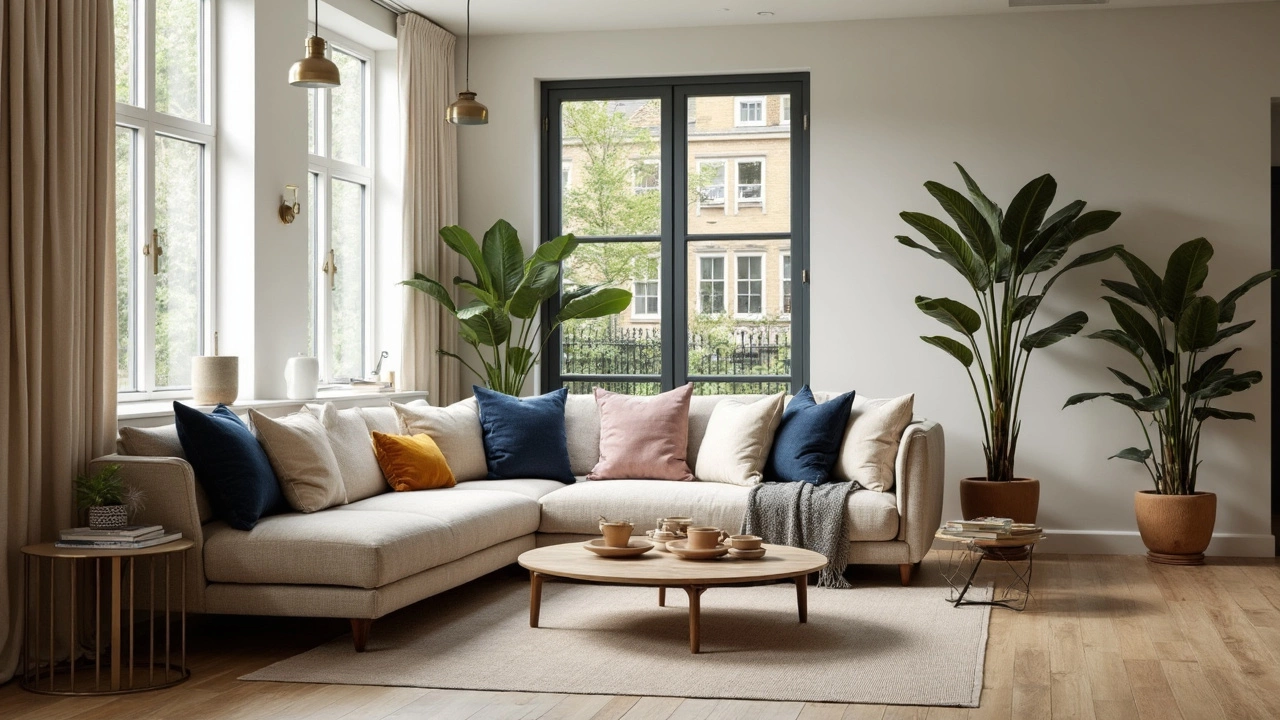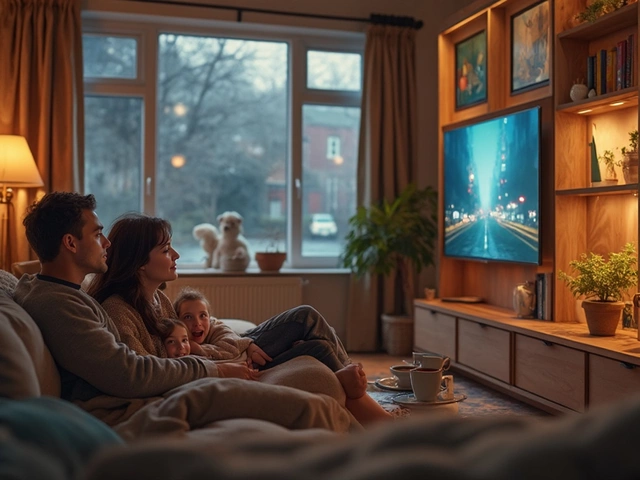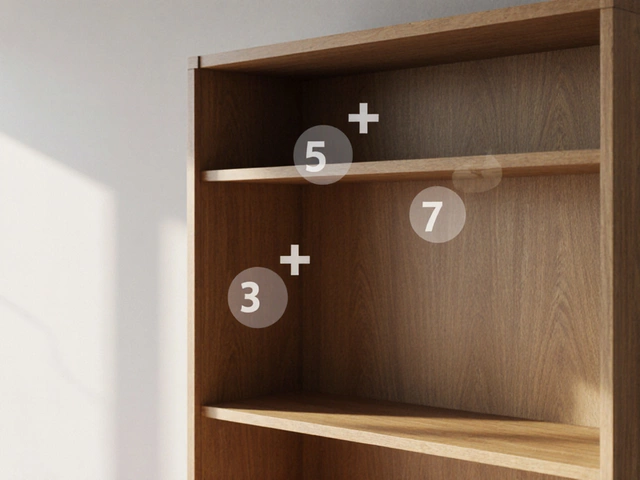Most people just tuck a corner sofa right into a room’s corner and call it done. But here’s the thing: your sofa’s position can either make the room feel inviting or totally cramped. Where you put it decides if the space feels open and social or awkward and closed off.
Think about what you want from the room. Is it a binge-watch hideout or the main spot for guests? The right spot for your corner sofa means you’ll actually use it—and love hanging out there. Miss the mark, and every movie night ends with someone awkwardly twisting on the floor to see the TV.
Don’t just follow what you see in catalogs. Your living room has its own vibe, weird angles, and that annoying radiator. Whether you’re in a tight apartment or a big, open living area, there are ways to make a corner sofa work for you. And yes, sometimes, the best spot isn’t a corner at all.
- Why Placement Matters More Than You Think
- Classic Corners: When to Stick to the Basics
- Floating Your Sofa: Open-Plan Magic
- Making the Most of Small Spaces
- Extra Tips for a Well-Placed Corner Sofa
Why Placement Matters More Than You Think
Here’s something people usually don’t realize: where you put your corner sofa decides if your whole living room flows—or flops. Studies on interior layouts even say furniture placement changes the way we move, hang out, and chill at home. A well-placed corner sofa helps define zones, especially in open-plan spaces, so your living room doesn’t blur into your kitchen or hallway.
If you stick your sofa where it blocks doorways, you’re asking for a daily obstacle course. Cram it against the window, and you might lose your best natural light. People end up ignoring parts of the room just because the sofa “owns” too much territory.
Getting the position right does way more than just save space. The right angle can make a small room look bigger and an awkward space feel balanced. Plus, how you set up that big L-shape really shapes the flow: are you steering everyone toward a TV, a fireplace, or maybe that window with the nice view?
- Aim for easy walkways—there should be room to move, not just squeeze by.
- Think about what’s in your sight lines. Nobody wants to stare at a pile of shoes by the door.
- Natural light should hit the sofa, not be blocked by it.
- Conversation is easier when the sofa faces other seating, not walls.
There’s an actual logic to it: the right spot doesn’t just look better, it feels better, and makes the space way more useful for whatever you do most—movie nights, game days, or a simple afternoon nap.
Classic Corners: When to Stick to the Basics
If your living room has a clear, open corner, parking your corner sofa there is sometimes the smartest move you’ll make. Straightforward layouts—think rectangle or square-shaped rooms—are made for this. The sofa acts almost like a wall, framing the space and giving everything else a sense of order. In surveys by UK interior design firms, about 65% of people with standard living rooms said corner placement just made sense for their floorplan.
There are a few signs you should go with a classic corner spot:
- The room isn’t awkwardly shaped—no weird angles, bumps, or built-in shelves right where you want to sit.
- You want a cozy spot where everyone can see each other easily. That L-shape encourages conversation and chills.
- You’ve got a TV, fireplace, or main feature wall right across from the preferred corner. You’re setting up a natural viewing zone.
Another bonus: using a real corner lets you reclaim every inch of the room, ideal for maximizing extra floor space. Check out some practical layout benefits in the data below:
| Room Shape | Avg. Floor Space Saved (%) |
|---|---|
| Square | 15% |
| Rectangle | 12% |
| Irregular | 5% |
Even better, if you’re starting with an empty space, measuring is a lot simpler. Just run a tape along both walls. You’ll know fast if the corner sofa fits, and you won’t risk blocking doorways or windows. Keep around 18 inches between the back of the sofa and any wall for airflow and easy cleaning. That little buffer makes a big difference down the line.
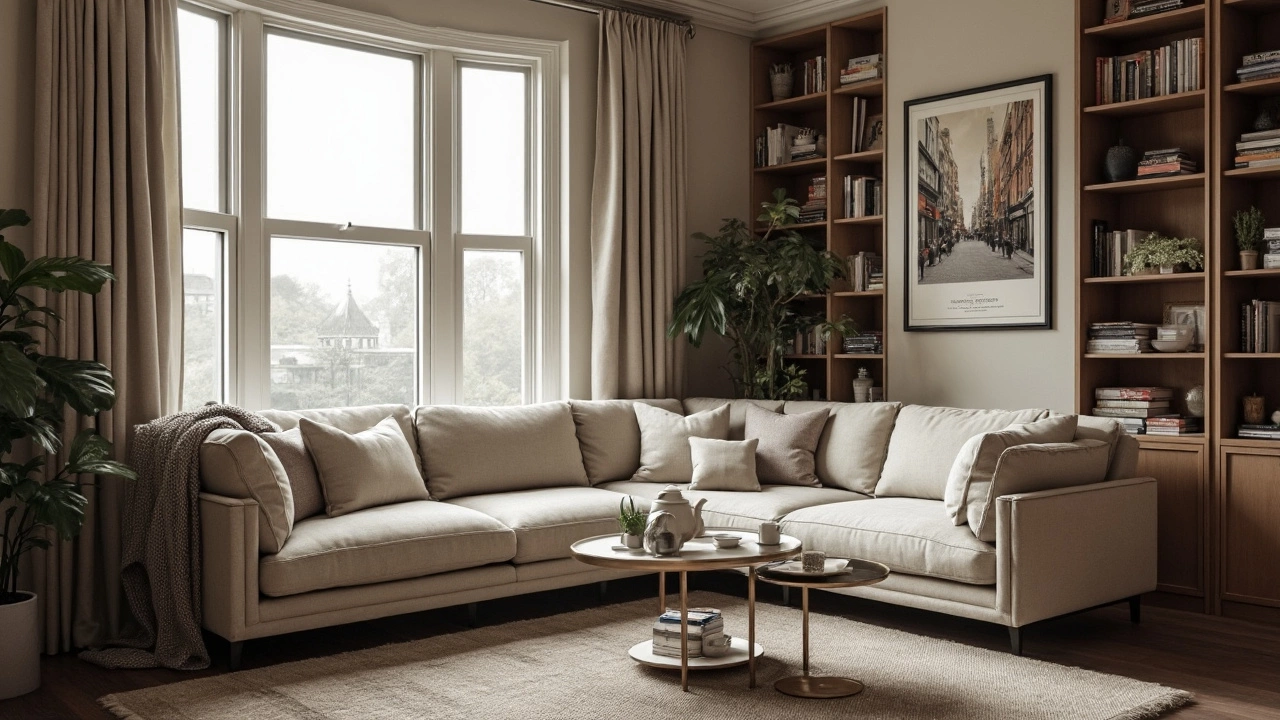
Floating Your Sofa: Open-Plan Magic
If you’ve ever wondered why a corner sofa in the middle of a big room just feels right, you’re not alone. In open-plan homes, putting the sofa away from the walls isn’t just a style choice—it’s a smart use of space. This trick works great in lofts, big living areas, or those living-dining combos where everything blends together.
Floating your corner sofa lets you design zones without building actual walls. Suddenly, your couch isn’t just for sitting. It marks out the TV chill-out area, keeps the dining space tidy, or even helps steer the flow of foot traffic so people don’t cut in front of the screen while you’re watching a game.
- Think of the back: If the sofa backside will face the room, make it count—a slim console table or some big plants stop it from looking like a barricade.
- Give enough clearance: Leave a clear path behind and around the sofa. 75–90 cm (30–36 inches) is the sweet spot, according to interior designers.
- Center on something: Floating works best when the sofa faces a focal point, like a fireplace, TV, or a statement window.
Worried it’ll just float around aimlessly? Try this: use a big rug under the sofa and coffee table to visually anchor the zone. Without that, everything can feel a bit scattered.
Check out these numbers from a 2024 survey of UK homes with open-plan living spaces:
| Layout Style | Percent Who Loved Their Space | Easy Traffic Flow? |
|---|---|---|
| Corner sofa floated off wall | 88% | Yes |
| Corner sofa in corner | 61% | No |
| Straight sofa, wall | 54% | No |
Small things, like adding a charging station to your console table or a floor lamp by the sofa, can make the set-up even more user-friendly. And remember, you can always shift things around until it just feels right—nothing’s bolted down.
Making the Most of Small Spaces
Cramming a corner sofa into a small living room can feel like an impossible game of Tetris, but it’s doable if you’re smart about placement. The trick is to make the room feel bigger and actually give you more usable floor space—not less.
First off, push your corner sofa right up against the walls. This move opens up the center of the room, making things feel open and less cluttered. In a tiny apartment, this setup can basically double your hangout space because the sofa hugs the edges instead of taking over the middle.
- Choose a low-profile sofa: Lower backs and slim arms keep the room from feeling boxed in.
- Embrace light colors: Lighter fabrics and legs that show a bit of floor make everything feel airier. Beige, light gray, or pastels can do the trick.
- Sectionals over traditional sofas: Sectionals give you more seats without extra chairs. That means no more bumping elbows when you’ve got friends over.
- Skip oversized coffee tables: Instead, try smaller tables or even nesting tables you can tuck away. It helps keep things flexible and easy to move around.
One thing people often forget: leave room for pathways. You want to be able to walk around the sofa without having to awkwardly side-step. Allow at least 18 inches between your sofa and any tables or TV stands. This isn’t just for looks—it actually matters if you don’t want stubbed toes.
Here’s a quick comparison of common small living room layouts and how much usable floor space you get with different setups:
| Layout Style | Usable Floor Space (%) | Seating Capacity |
|---|---|---|
| Corner Sofa Against 2 Walls | 65% | 4-5 |
| Sofa in Middle & Chairs Around | 48% | 4 |
| Single Sofa + Armchair | 60% | 3 |
If your space is seriously tiny, consider a corner sofa with built-in storage or a chaise that lifts up to hide blankets, board games, or whatever else clutters up the place. And don’t forget about using the vertical space—mount shelves above the sofa for books or plants to pull the eye upward and make everything feel bigger.
End of the day, squeezing a corner sofa into a small space isn’t just possible—it can totally transform how you use your place. It’s all about being practical with every inch.
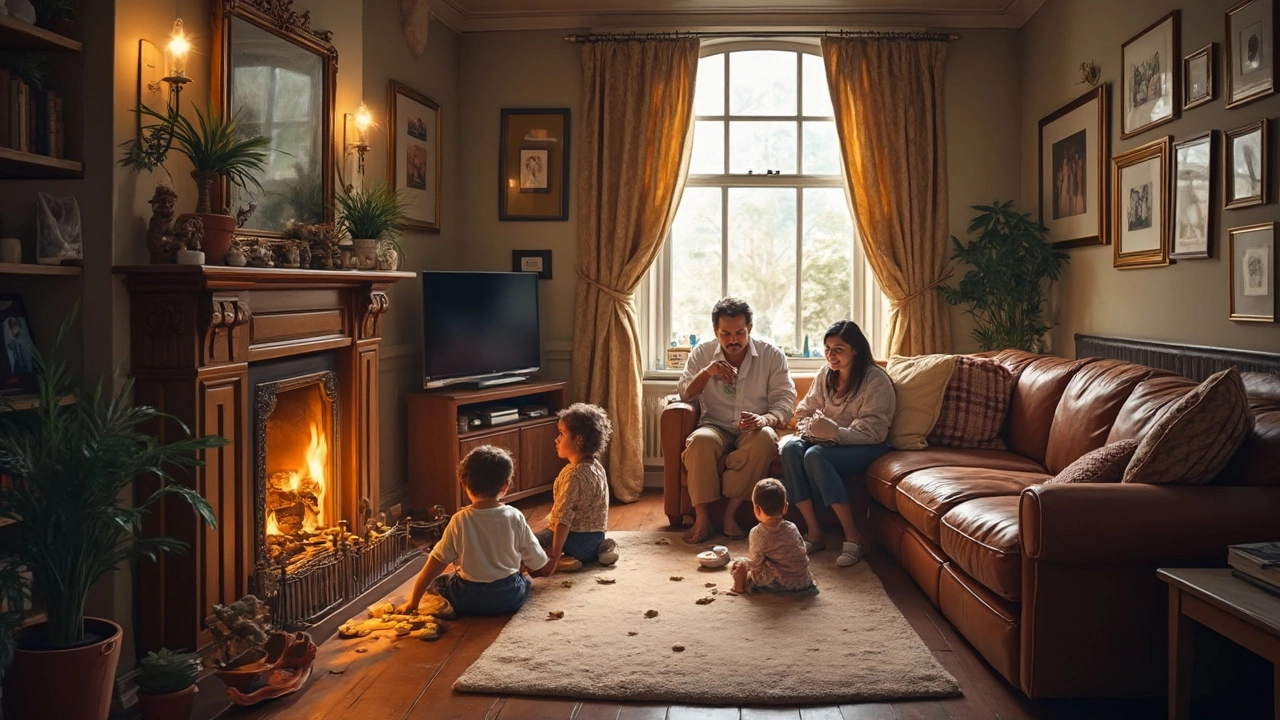
Extra Tips for a Well-Placed Corner Sofa
There’s more to placing a corner sofa than just picking a spot and hoping for the best. Little things make a big impact on both comfort and how the room feels day-to-day. Let’s break down a few tips that seriously help, whether you’ve got loads of space or you’re tight on options.
- Measure twice, move once: Write down room dimensions and sofa size before you buy or rearrange. Corner sofas can be bulkier than they look—an easy-to-miss detail is depth, which can eat into walking space. IKEA found that nearly 40% of returns on large sofas come down to wrong measurements.
- L-shaped or U-shaped? L-shaped sofas are classic, but a U-shape version is awesome for larger gatherings since everyone can face each other more easily. Just watch out for the "dead zone"—that awkward gap behind the sofa. Use baskets or a slim console table to make it useful.
- Floor rugs define space: Use a large rug under the front legs to anchor the spot, even if your sofa floats away from the wall. It helps separate the seating from dining areas in open-plan rooms without needing any walls.
- Mind the natural light: Don’t block your best window with a chunky sofa arm. Place your corner sofa where you can enjoy natural light and keep the space bright. Bonus: sunlight does wonders for fabric longevity and your mood.
- Leave some breathing room: Scoot the sofa just a few inches from the wall. This tiny gap makes the space feel less boxed in and allows room for cables or a lamp cord behind the backrest.
- Think about traffic flow: If you always bump toes on the same spot, it’s not just bad luck. High traffic areas should stay open—ideally, allow 75-100 cm (about 30-40 inches) for walkways so nobody’s squeezing past with snacks in hand.
- Keep a charging station close: Everyone’s got phones and tablets. Look for end tables with built-in plugs or stash a power strip underneath. You don’t want extension cords tripping everyone.
Curious about common sofa setups? Here’s how different placements shake out for usability and space efficiency:
| Setup Style | Best For | Space Efficiency | Comfort Level |
|---|---|---|---|
| Against Wall | Small rooms | High | Good |
| Floating | Open plans, traffic flow | Medium | Great |
| Corner Nook | Creating cozy zones | High | Excellent |
Here’s a simple move that boosts the look—add one or two side tables on either end of the sofa. These give you a spot for drinks, lamps, or your remote (which always vanishes). If your sofa backs onto another room, pop a narrow console or shelf behind it for extra storage and decoration. Little upgrades like these make life easier, and your space feels well thought out—without turning your living room upside down every few weeks.
